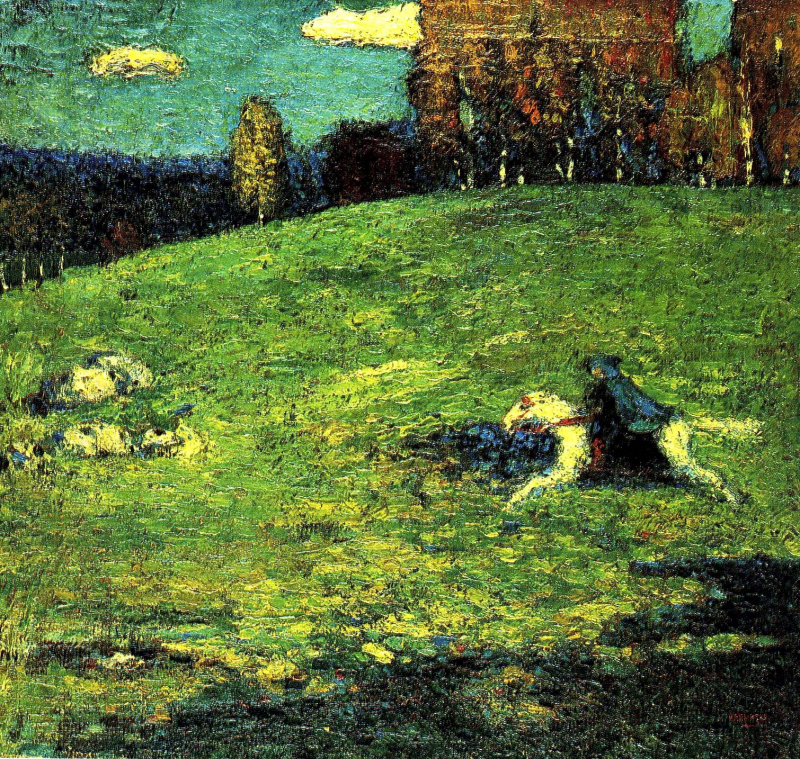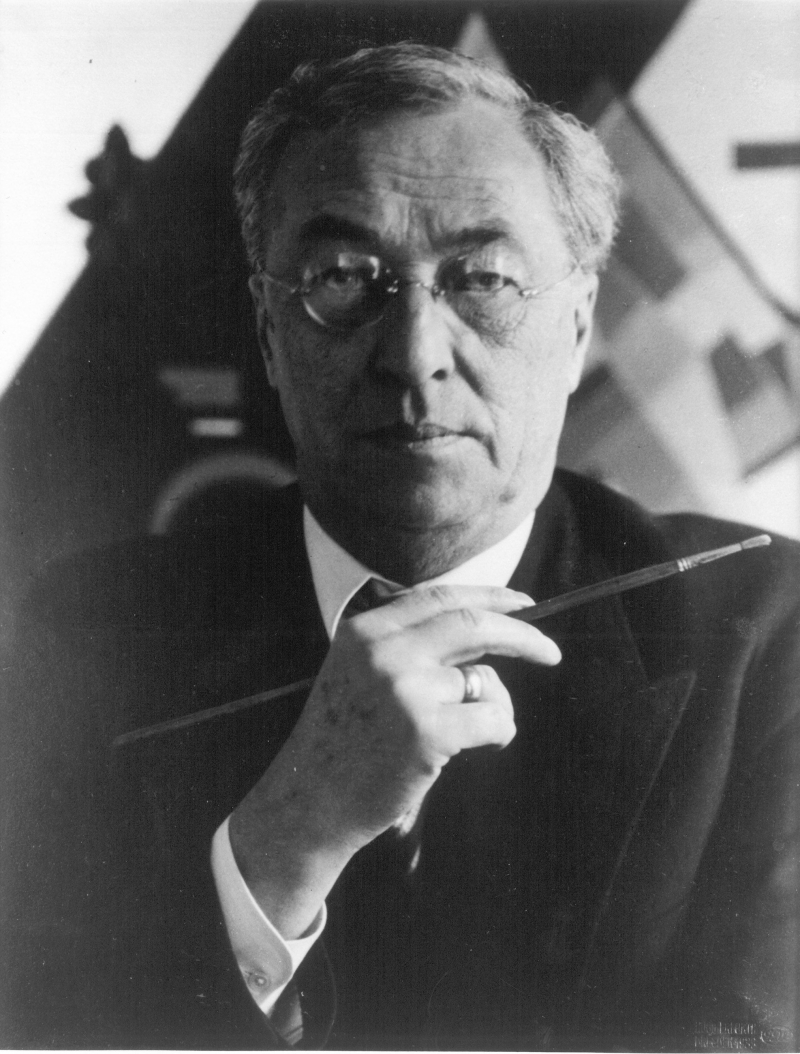The Blue rider
The Blue Rider (1903), which depicts a small cloaked man galloping over a rocky meadow on a horse, is possibly the most significant of Kandinsky's works from the first decade of the 1900s. The shadow made by the rider's medium-blue cloak is darker-blue in color. The fall-colored trees in the backdrop are mirrored by more amorphous blue shadows in the foreground. The horse's stride looks odd, and the blue rider in the artwork is prominent but not properly defined.
This ground-breaking piece marked a turning point in Kandinsky's evolving style. He clearly showed aesthetic affinities with the Impressionists' work in this picture, particularly in the contrasts between light and dark on the hillside covered with sun. And many of Kandinsky's early works were influenced by the impasto-heavy paintings of Vincent van Gogh. In many of his later works, the horse and rider motif recurred. This pattern represented Kandinsky's opposition to traditional aesthetic standards as well as the potential for a purer, more spiritual life through art.
Location: Private Collection
Style: Impressionism
Year: 1903












